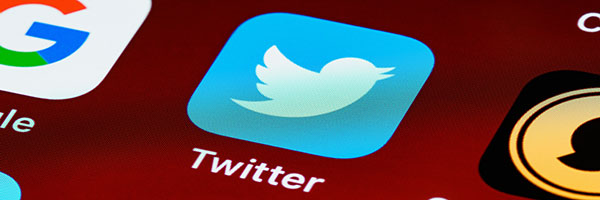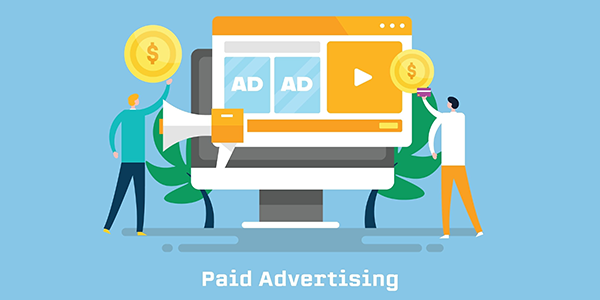 |
||||||||||||
|
||||||||||||
| Netflix Basic Ad Tier Subscription |
 |
| Netflix's basic ad tier has been an industry-wide discussion topic that is finally a reality. But will the move be worth the risk for the streamer? Industry experts think yes. Released two weeks ago, the basic ad subscription tier is already projected to earn a positive uptick for the publisher. For 2023 Netflix's U.S. ad spend is predicted to reach $830 million, and by 2024 it will skyrocket to $1.02 billion. This is excellent news for the streaming service that has found it harder to compete with the powerful trio of premium AVOD services — Hulu, Disney+, and ESPN+. Disney's ad business reigns supreme, as they already had ad tech infrastructure through Hulu and ESPN. Since Netflix is just building up, it may take some time for the streaming giant to reclaim its top spot. It is paramount that Netflix, "sell brands on advertising without detracting too much from its subscription revenues." While half of frequent Netflix users said in a survey that they are interested in an ad-tier subscription, most have yet to take advantage of it. This just makes it harder to measure precisely how well the new plan will perform. |
| Ask anyone in the industry, and you'll find that ad spend projections rarely include good news this year. Barring a few bright spots, industry trends are showing that an ad recession is well on its way. In fact, it may have already seeped in and polluted the ad tech ecosystem. Q3 results were mainly doom and gloom, and predictions for the last quarter have not boosted industry confidence. This is why Netflix's move toward ad-tiered subscriptions needs to prove itself an intelligent move in the long run. While some subscribers might be irritated that the streaming service that once boasted an ad-free experience is reneging on its promise, ad revenue earned from the new tier could offset any consumer backlash resulting in subscriber loss. In the new advertising ecosystem, revenue diversification is key, and this is Netflix's attempt to do just that. In addition, digital publishers, like The New York Times, have noted that focusing on increasing subscriptions is highly beneficial to boosting revenue. While this seems like the perfect solution on paper, only time will tell how everything will fall into place. |
| More Brands Pause Spend on Elon Musk's Twitter |
 |
| Once a platform brands flocked to, Twitter looks doomed since Elon Musk took over just three weeks ago. Since then, we have seen rounds of layoffs, resignations, and many complaints from Twitter employees who experienced the transition and unrealistic working conditions. Along with the laundry list of items above, Musk's quick decision-making, hostility, and opening the platform up to brand safety issues have all greatly affected its advertising business. Considering the blue bird relies on advertising for 90% of its revenue, that is a big chunk of business — about $4.5 billion in annual advertising revenue from huge brands like Eli Lily, Oreo, and General Motors. Major brands used to take to Twitter to promote new products, respond to customer complaints, and manage customer relationships. However, they are jumping ship these days as Twitter is too "high risk." Balenciaga is the latest high-profile company to delete its Twitter account. Eli Lily also removed advertising from Twitter after a fake account tweeted it was making its insulin products for free, according to the Washington Post. That one tweet hurt Eli Lily's stock significantly and shifted consumer focus to the high price of insulin. Also, Playbill, the company that houses Broadway show programs, announced Friday that they left Twitter because it "greatly expanded its tolerance for hate, negativity, and misinformation." Adding insult to injury, Group M, the world's biggest media buyer, is warning its clients that advertising on Twitter is no longer safe. |
|
Twitter is becoming a digital World War three, and from the outside looking in, Elon Musk is showing every publisher what they should not do.
|
| Ad Market Dips for 5th Consecutive Month: It's Time to Recession Proof Your Business |
 |
| We know Ad tech professionals are tired of hearing bad industry news. Privacy regulations continue to alter the inner workings of the advertising ecosystem. Ad spend is reaching all-time lows. And now, there is news that a recession is imminent. We would not blame you for frustratingly raising your arms to the sky and cursing the ad tech gods. Existential crises aside, projections from Standard Media Index's U.S. Ad Market Tracker highlighted that the ad market declined for the fifth consecutive month in October. And the final two months of Q4 are on a similar trajectory. Still, no one is declaring this moment in time as an official ad recession; yet most signs say it is so. But maybe things aren't as bad as they seem. Maybe ad spend is not on the decline. According to MediaPost, the SMI Index — the most current empirical data on actual U.S. ad spending by major agency holding companies, big independents, and their clients —reveals that an analysis of multiple agencies such as Dentsu and GroupM, forecasts U.S. ad spend to rise by 11.8%. GroupM said that regardless of media-reported trends, "they still see positive indicators of sustainable growth, and likely plan to maintain healthy growth estimates for U.S. ad spend when they update their 2022 forecast in their year-end outlook next month." |
|
There have been varying opinions on where ad spend will land come the close of 2022, but overall predictions lean towards pessimism. And while Amazon, retail media, and podcasts all show glimmers of hope, most industry insiders do not think it will be enough to buoy the entire industry. But why is this happening, when predictions for 2022 were so strong? Vox has a take on why the industry is in this current state: |
| Around the Water Cooler |

Image sourced from
|
|
Other reads...
|
 |
|||||||||||
|
|||||||||||
 |
|||||||||||
 |
|||||||||||
|
| @{optoutfooterhtml}@ |







